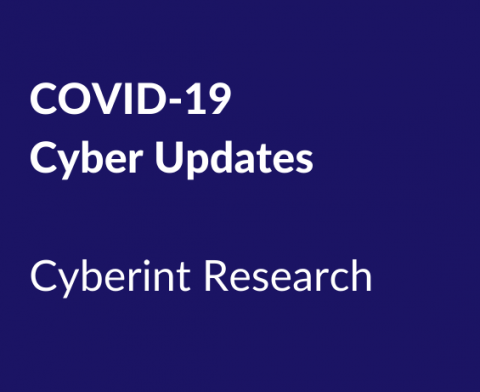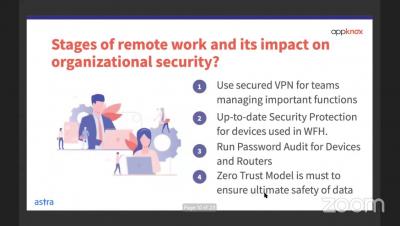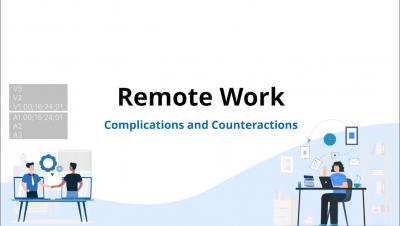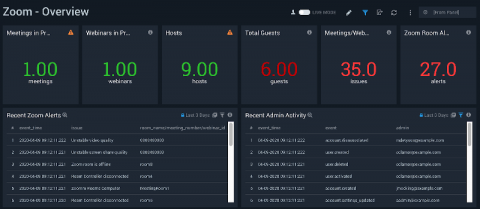Realizing Hybrid Asset Discovery with Tripwire Industrial Appliance
Digital attacks continue to weigh on the minds of industrial cybersecurity (ICS) professionals. In a 2019 survey, 88% of ICS experts told Tripwire they were worried about what a digital attack could mean for their industrial organization. The rate was even higher for those working in the manufacturing and oil & gas sectors at 89% and 97%, respectively. Such widely held concern suggests a need for industrial organizations to make greater investments in their digital security posture.










